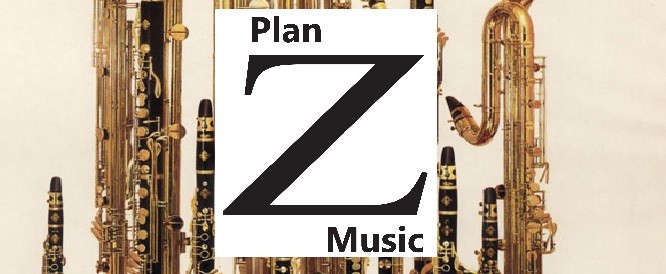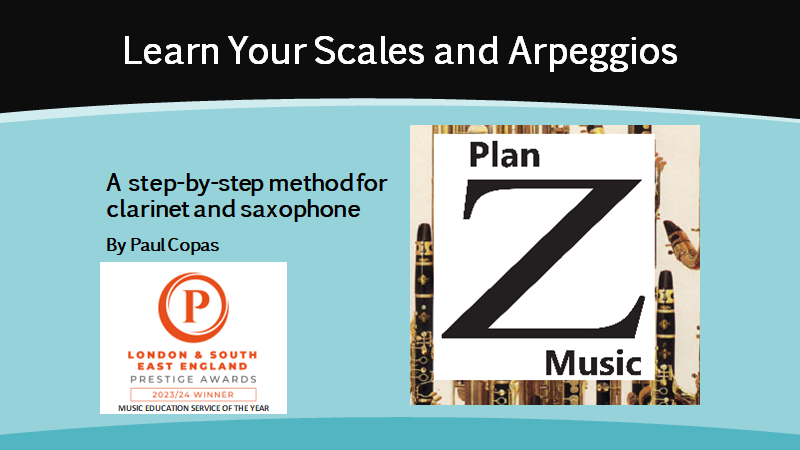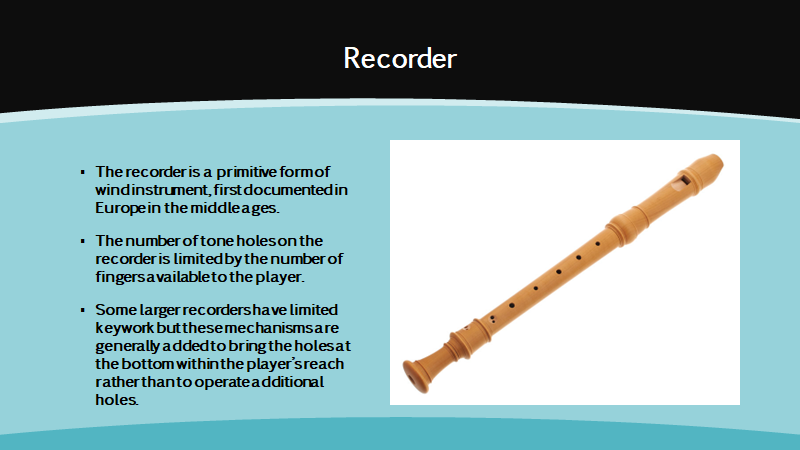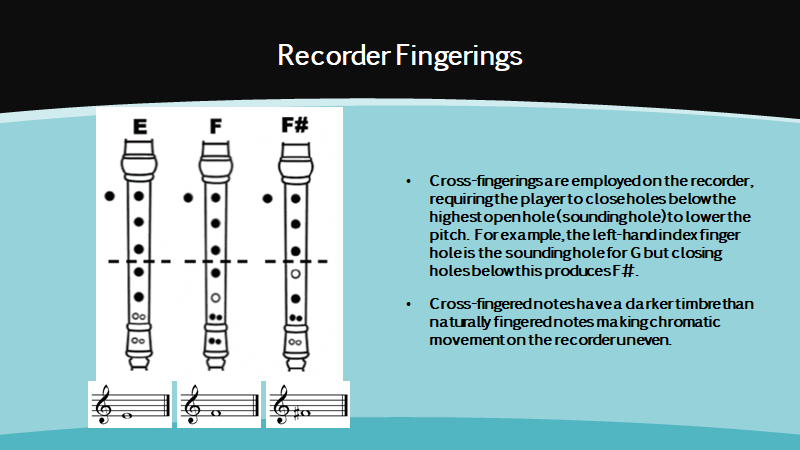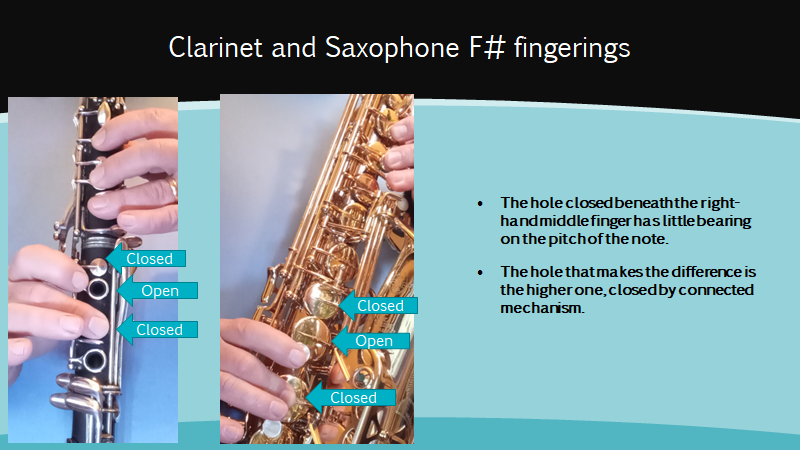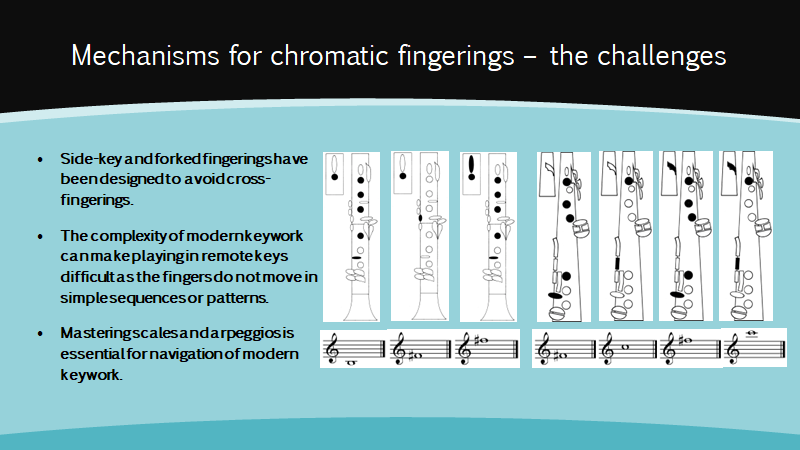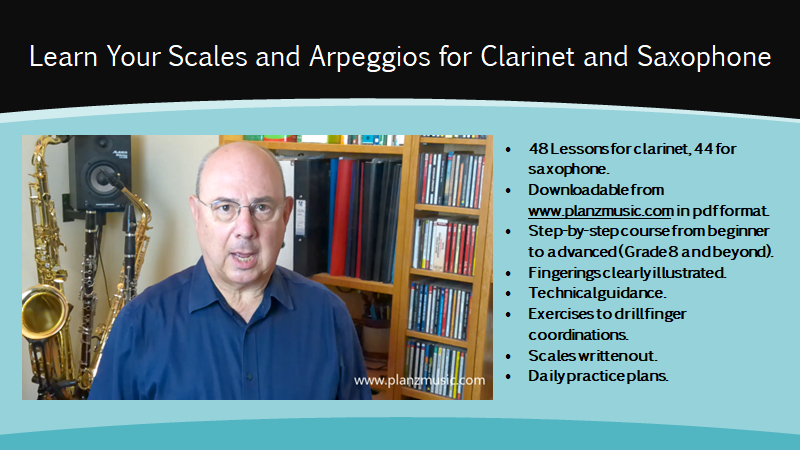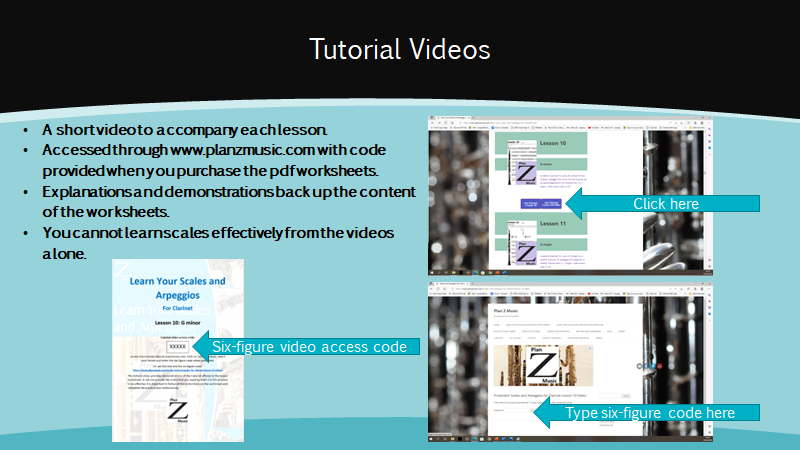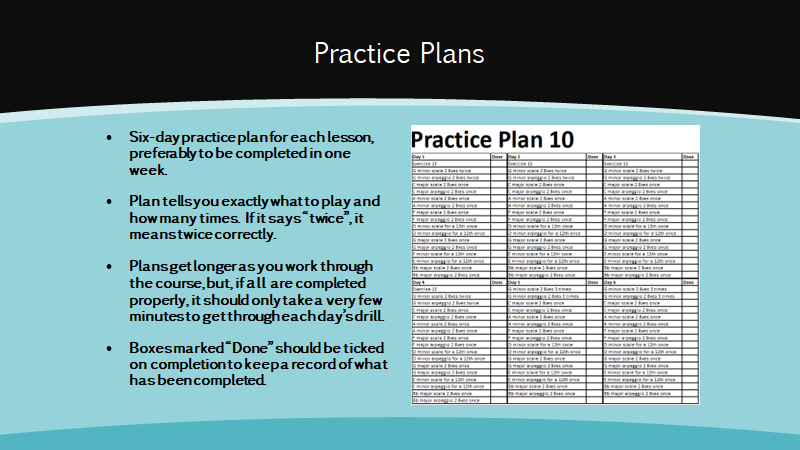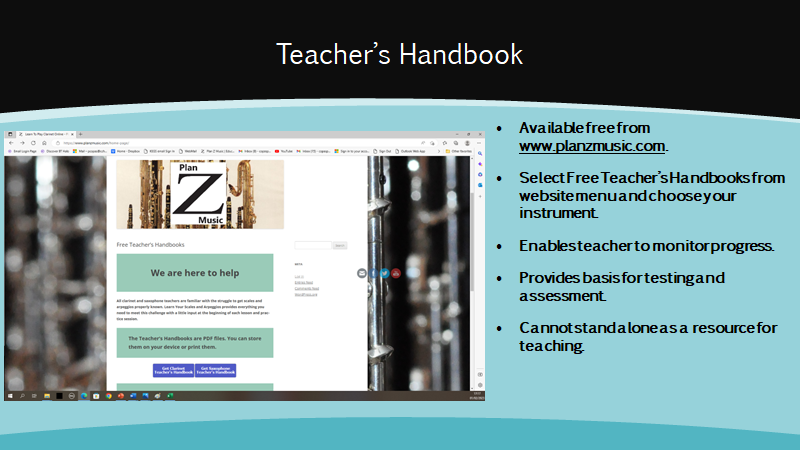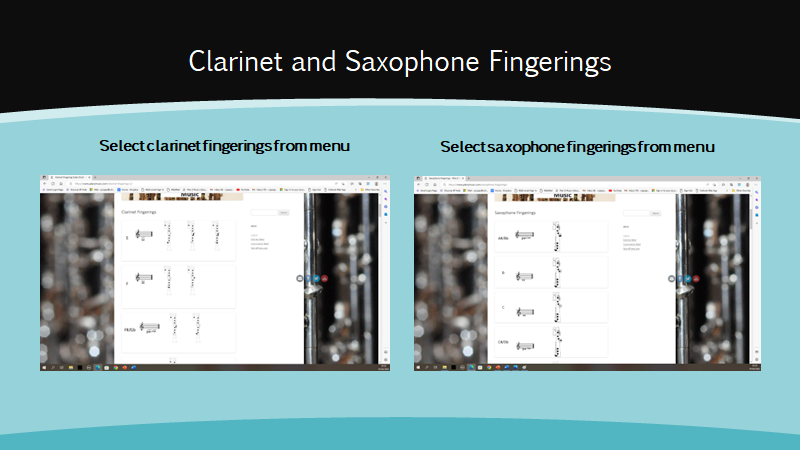The video clips on this page were recorded live at a talk and workshop delivered by Paul Copas to students of clarinet and saxophone at Brentwood School in June 2023. The event lasted 45 minutes and was supported by a slideshow and handouts. Students had the opportunity to participate as well as offering their own observations.
The aim of this presentation is to explore the challenges presented to players of single reed instruments by scales and arpeggios, to explain why it is so important to overcome these and to show how what Plan Z Music has to offer can provide an effective solution.
Obviously, we have a commercial interest in making sales, but this presentation should not be seen primarily as a hard sell. Our USP is our commitment to finding genuinely successful solutions.
To understand the challenges posed by modern keywork, we begin by exploring the limitations of the recorder, a mediaeval wind instrument which predates the woodwind family of the modern orchestra by several centuries. We explain that the lack of keywork on the recorder and the consequent limited number of tone holes has led to the use of cross-fingerings by recorder players to obtain the full chromatic range. This is unsatisfactory by the standards of modern wind instruments and cannot be employed effectively by single reed players because of the size of their instruments.
A better way to get the full chromatic range was, as we all know, to drill more holes and attach keywork. That, however, has introduced new challenges.
Many fingerings on modern instruments are similar to those used on the recorder, but there are essential differences.
We explain the benefits and the drawbacks of modern keywork and examine how the clarinet and saxophone have developed through history.
Cross-fingerings as employed on the recorder cannot be part of fingering technique on modern wind instruments, but we are still required to use cross-fingering type actions. This is undesirable as it compromises legato playing.
Additional, chromatic mechanisms have been added to the clarinet and the saxophone to smooth these actions, but this has made fingering even more complicated with even less sense of logical fingering patterns.
This brings us to the crux of the matter. It is precisely because of the lack of regular fingering patterns for our instruments that we must build a secure knowledge of scales and arpeggios: it is the only way we can learn to navigate our way round the instruments in all the keys. And the lack of regular patterns is what makes this so difficult. Learning scales and arpeggios is a question of developing a skill rather than of acquiring knowledge.
Whilst every musician needs to build an understanding if the theory of music, theoretical knowledge will not do the trick by itself.
A scale is not something theoretical, a key signature and a series of dots on a stave; it is a melodic progression associated with a sequence of fingerings. That is how you will remember it: in your aural memory and in your muscle memory.
The business of learning scales is cumulative, so your daily scale drill will get progressively longer as you progress. Scale work is essential for the development of technique, without which you will not be able to tackle the demands of advanced music.
The presentation includes a short introduction to our two downloadable, step-by-step courses: Learn Your Scales and Arpeggios for Clarinet and for Saxophone.
We briefly explain how to obtain this.
Our website also offers handy charts of basic fingerings for clarinet and saxophone. These clear, graphic representations of the key systems do not involve any numbering system or annotation and are very easy to use.
